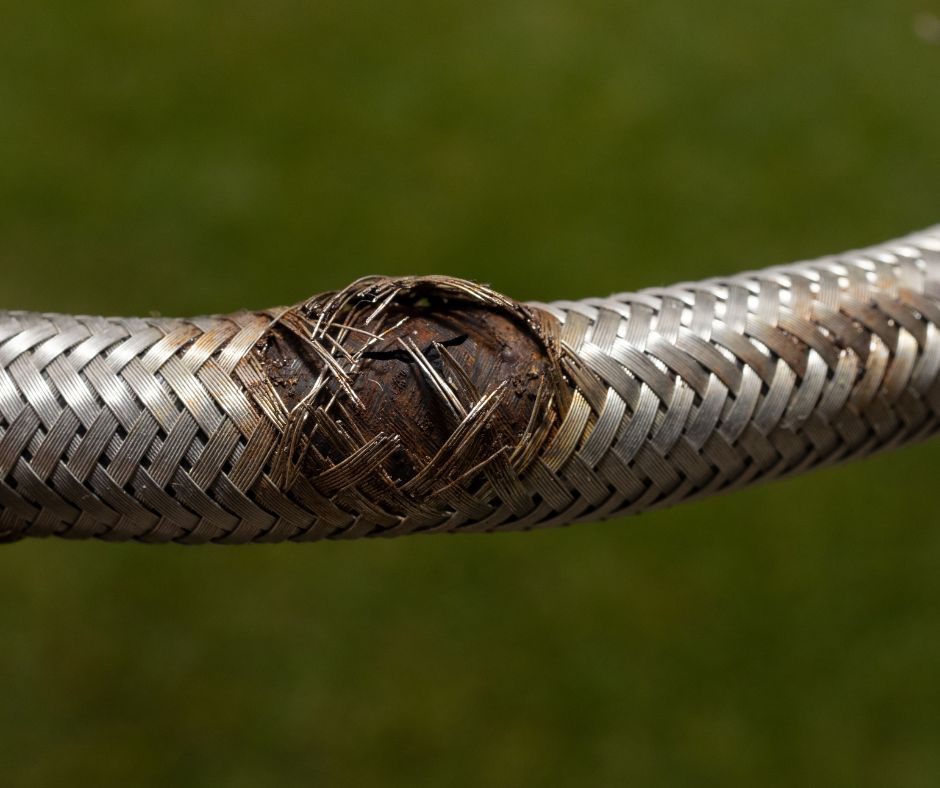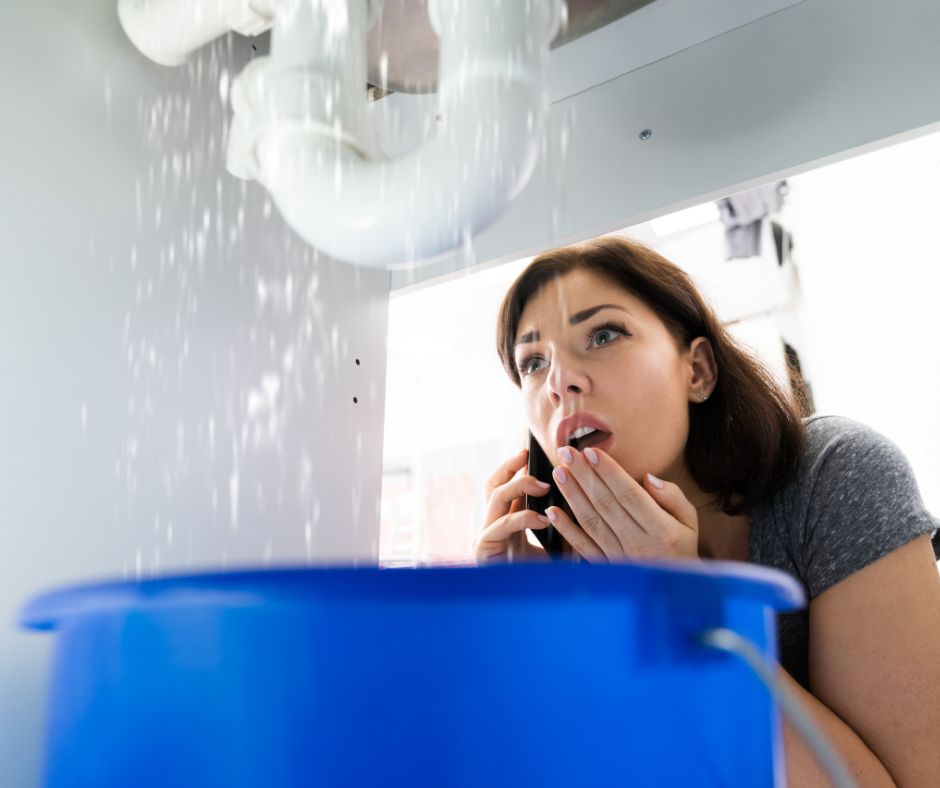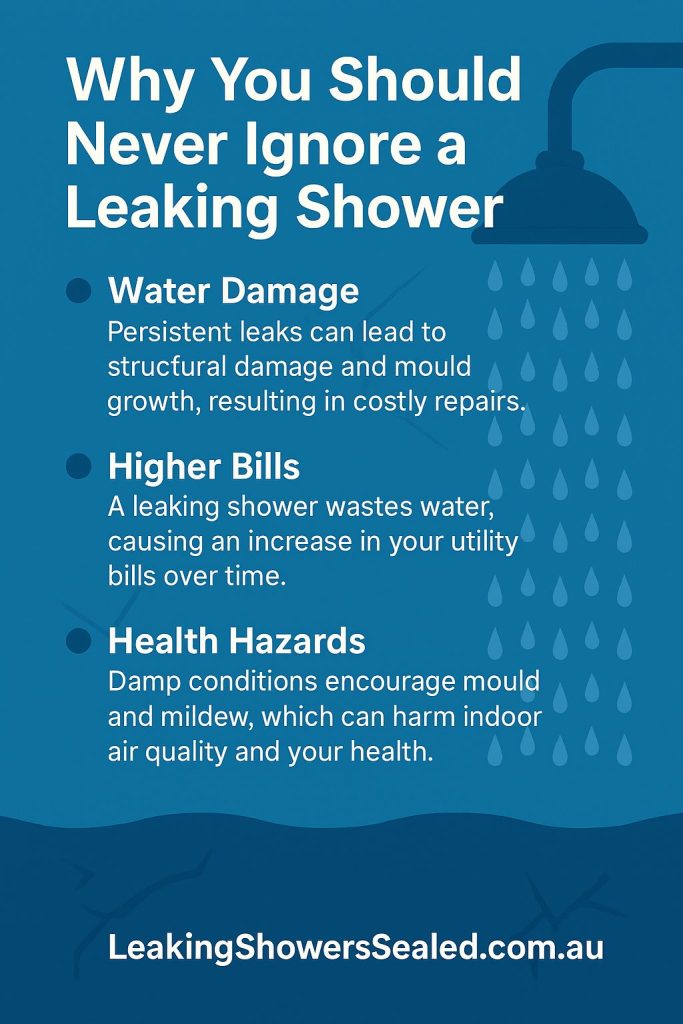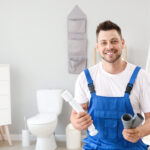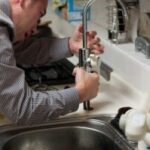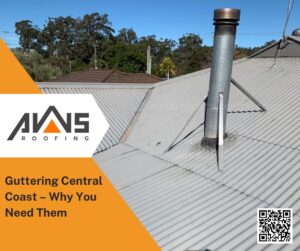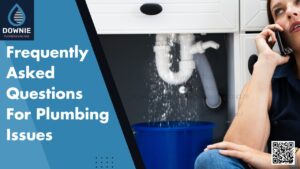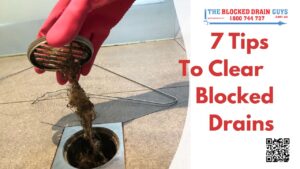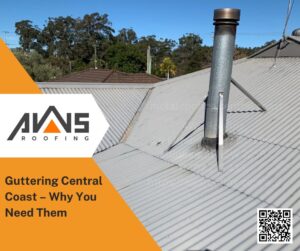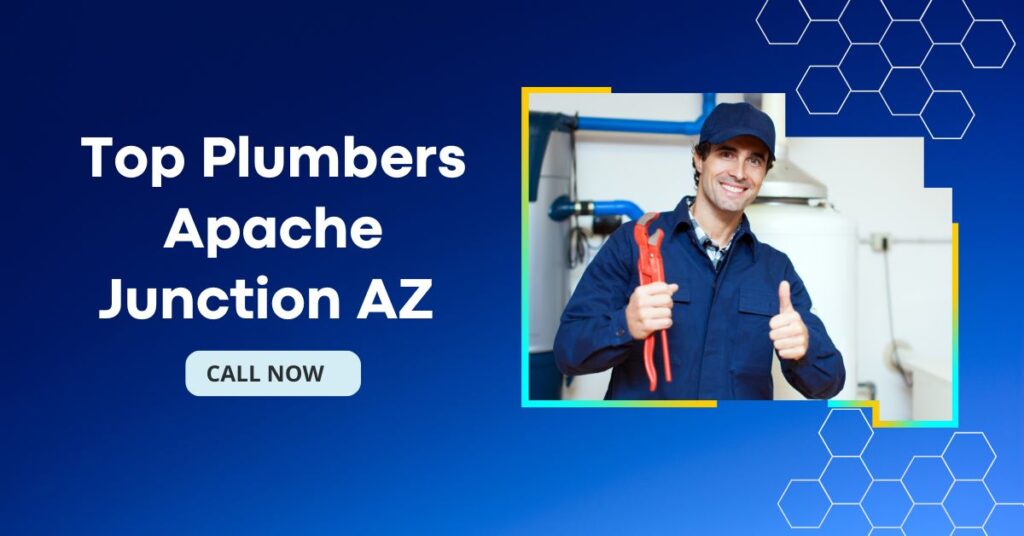In Wollongong, homeowners are empowered to undertake minor plumbing tasks, such as replacing tap washers or shower heads. However, it is crucial to understand that any plumbing work involving gas lines, hot water systems, or internal pipework must be executed by a qualified licensed plumber. The regulations mandated by NSW plumbing laws specify that certificates of compliance are mandatory for all regulated work, and failing to comply can result in hefty fines.
Essential Plumbing Knowledge for Wollongong Homeowners: Mastering Pipe Systems, Water Pressure, and Compliance Regulations
Understanding Rapid Pipe Corrosion in Coastal Environments: The Effects of Salt Exposure on Plumbing
The coastal atmosphere of Wollongong subjects homes to increased moisture levels, salt-laden air, and frequent rain events. These environmental factors, combined with the aging plumbing infrastructure commonly found in suburbs like Thirroul, Woonona, and Figtree, make plumbing maintenance a critical concern for homeowners. This is not just about convenience; it is about safeguarding your investment and maintaining the efficient operation of essential plumbing systems in your residence.
This comprehensive guide aims to clarify which plumbing tasks you can confidently execute yourself, when it is imperative to hire a licensed plumber, and how to shield your home from potential and financially draining plumbing disasters. By understanding these factors, you can effectively manage your home’s plumbing system and prevent future complications.
Understanding Unique Plumbing Challenges and Solutions in Wollongong Homes
The plumbing systems in Wollongong encounter distinct challenges that may not be present in Sydney. The three most significant difficulties include:
- Salt air and high humidity levels contribute to the rapid corrosion of metal components, making regular inspections a necessity.
- Flash floods can overwhelm inadequately maintained stormwater drainage systems, leading to severe water damage.
- Older copper and clay piping are prone to cracks and root invasions, jeopardizing the integrity of your plumbing system.
Recognizing these issues emphasizes the vital need for routine maintenance for homes situated in the Illawarra region.

Differentiating Between DIY Plumbing Tasks and Professional Plumbing Services in NSW
Plumbing Tasks Homeowners Are Allowed to Perform
- Replace tap washers and shower heads to improve functionality.
- Install hand-held shower heads for enhanced convenience.
- Maintain external gutters and downpipes to prevent water buildup.
- Utilize basic tools such as plungers or drain snakes for minor clogs.
Plumbing Tasks That Require a Licensed Plumber or Gasfitter
- Installation or replacement of hot water systems for reliable hot water access.
- Connecting gas appliances or modifying gas pipework for safe operation.
- Connecting or altering sewer or water mains for proper sanitation.
- Rerouting pipes, making internal modifications, or undertaking any bathroom renovations for upgrades.
In line with NSW Fair Trading regulations, participating in unlicensed plumbing work can result in substantial fines, legal repercussions, and denial of insurance claims. All regulated plumbing work must be accompanied by a Certificate of Compliance (CoC), which must be submitted to the relevant authorities.
Identifying Common Plumbing Issues in Wollongong Homes
- Blocked Stormwater Drains
Heavy rainfall mixed with leaf debris often results in drain backups, potentially causing flooding around properties. - Leaking Outdoor Fixtures
Accelerated wear and tear in outdoor taps and fittings due to salt corrosion is a common issue. - Low or Spiking Water Pressure
This is often due to aging regulators or corroded sections of galvanised pipes, necessitating immediate attention. - Slow or Gurgling Drains
These symptoms often suggest root intrusion in older clay piping systems, which requires prompt investigation. - Gas Odours Inside the Home
This represents a serious hazard and necessitates immediate action from a licensed gasfitter to ensure safety.
Responsibilities of Homeowners Regarding Plumbing Compliance and Maintenance
As a homeowner, it is your duty to ensure that any regulated plumbing or drainage work adheres to:
- AS/NZS 3500 Plumbing and Drainage Code
- Certification requirements set forth by NSW Fair Trading
- Local council inspection and approval processes, including onsite sewage systems and stormwater management
Neglecting these responsibilities may result in penalties from the council, voided insurance policies, and complications when transferring property ownership.
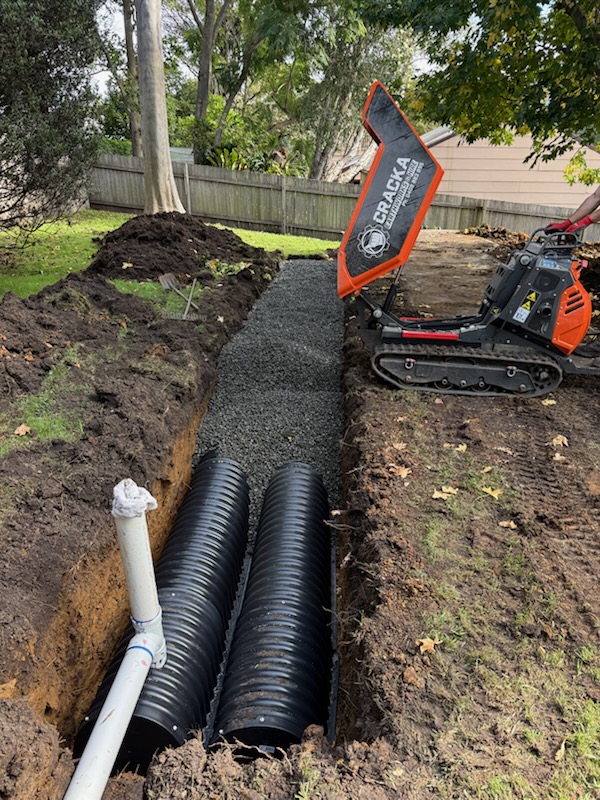
Decoding the Cost Structure of Plumbing Services in Wollongong
| Plumbing Service | Average Price Range |
|---|---|
| Tap installation | $90 – $150 |
| Drain unblocking | $180 – $400 Our blocked drain prices start at $99 |
| Hot water system replacement | $950 – $2,500 |
| Gas appliance hookup | $220 – $600 |
| Emergency callout | From $250 upwards |
Costs can vary significantly based on factors such as accessibility, the location of pipes, and the nature of compliance work required. It is always wise to request a detailed quote, including GST, parts, and labor costs clearly outlined.
Benefits of Selecting Local Plumbers Over National Franchise Chains in Wollongong
- Deep understanding of coastal infrastructure and specific drainage network challenges
- Fast response times, especially in areas prone to flooding
- Transparent pricing structures with no hidden dispatch fees
- Established trust within the community by providing years of reliable service
Local plumbers have a comprehensive understanding of regional issues such as saltwater-induced corrosion, soil that is susceptible to tree-root intrusion, and typical legacy plumbing layouts that may require specialized attention for effective maintenance.
What Distinguishes CS Plumbing Services from Competitors in Wollongong
- Dual-licensed as both a plumber and gasfitter for a wide range of services
- Servicing Wollongong and surrounding regions with same-day emergency response capabilities
- Fully insured, highly experienced, and compliant with local council regulations
- Strong local testimonials and a reputation built on trust and reliability
“Fast, honest, and reliable. We’ve called CS Plumbing three times now—each time, they resolved the problem in under 2 hours.” – Sarah, Shellharbour
Crucial Preventative Maintenance Strategies for Homes in the Illawarra Region
- Regularly check internal water pressure every 6–12 months to prevent future complications
- Thoroughly clean roof gutters before the onset of each storm season to avoid flooding
- Inspect visible pipe joints for signs of rust or moisture to catch issues early
- Flush hot water systems at least once a year to maintain efficiency
- Schedule an annual plumbing inspection with a licensed local professional to identify potential problems
Conducting small preventative inspections can help avert larger repairs down the line, ensuring peace of mind, particularly in areas vulnerable to flooding or corrosion due to salt exposure.
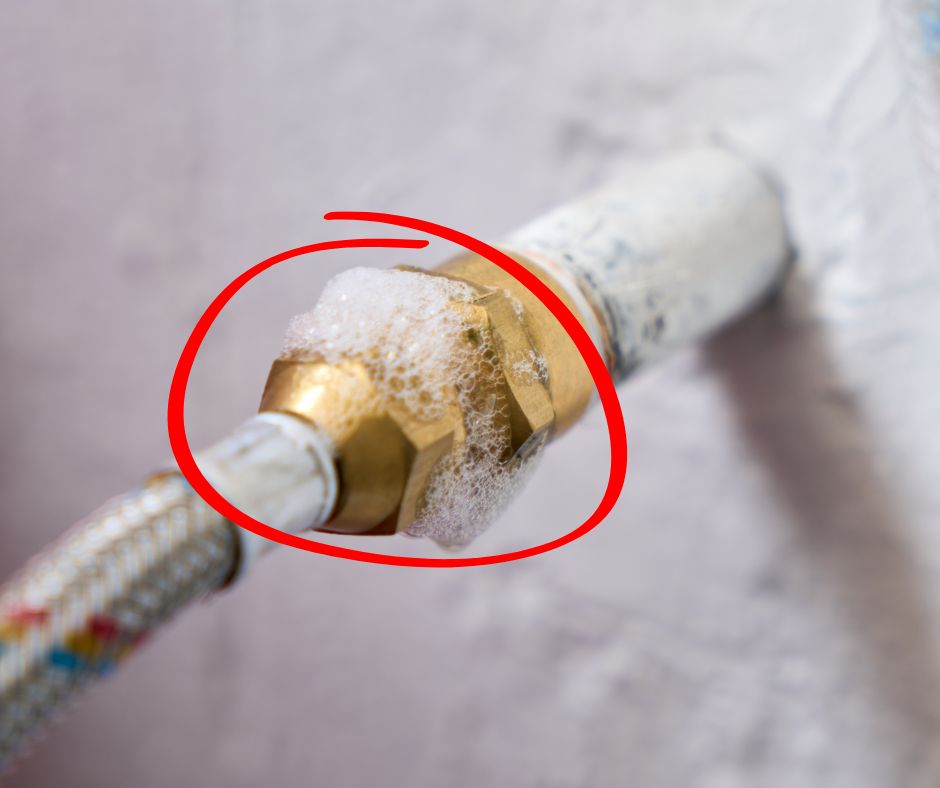
Key Insights on Plumbing Challenges Encountered by Wollongong Homeowners
Owning a home in Wollongong encompasses more than just understanding the connections between pipes and fittings. The unique coastal conditions, stringent local regulations, and infrastructure challenges demand a thorough understanding of plumbing dynamics in this region. Whether you are addressing a blocked drain, installing a new gas stove, or simply noticing unusual changes in water pressure, it is crucial to engage licensed professionals who have extensive knowledge of how Wollongong homes are constructed and how to maintain their safety and functionality effectively.
Invaluable Plumbing Resources for Wollongong Homeowners to Explore
Dive deeper into valuable local plumbing resources specifically tailored for the residents of the Illawarra region. Each article provides practical insights that align with council regulations, helping you protect your home throughout the year:
1. Effective Strategies for Detecting Hidden Leaks in Wollongong Homes
Discover how to recognize subtle signs of leaks that may lurk behind walls or beneath concrete surfaces before they escalate into significant structural damage or mould growth.
2. Immediate Actions to Take When a Pipe or Flexi Hose Bursts
In plumbing emergencies, every moment counts. Learn the critical steps to take during a burst pipe or flooding incident to minimize damage while waiting for your plumber to arrive.
3. Identifying Gas Leak Warning Signs Every Wollongong Family Should Recognize
Learn to identify common indicators of gas leaks—such as unusual odours, irregularities in pilot lights, and health impacts—and understand when it is imperative to contact a licensed gasfitter immediately.
4. Discovering the Causes of Ongoing Drain Odours and How to Resolve Them Permanently
Persistent drain odours can often signal underlying issues within your plumbing system. Explore common causes, effective solutions, and situations that indicate a more serious problem within coastal plumbing infrastructures.
5. Proven Solutions for Managing Blocked Stormwater Drains in Wollongong
Facing a blocked stormwater drain? Understand the causes, explore effective solutions, and determine when it may be necessary to install a French drain for optimal drainage. Gain expert insights into tailored drainage solutions for Wollongong homes.
The Article: Plumbing Guide for Homeowners in Wollongong first appeared on https://writebuff.com
The Article Plumbing Essentials for Wollongong Homeowners Was Found On https://limitsofstrategy.com
